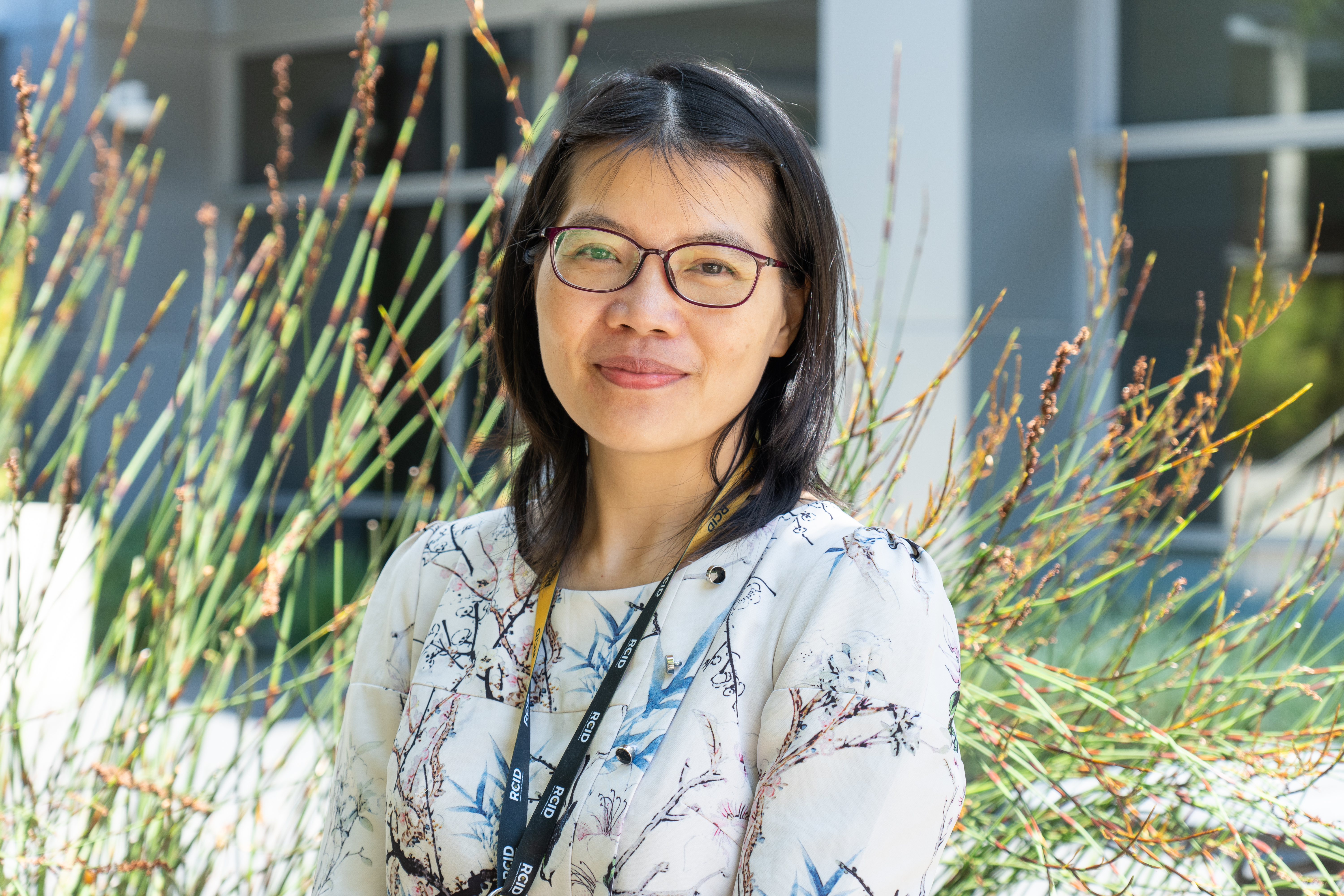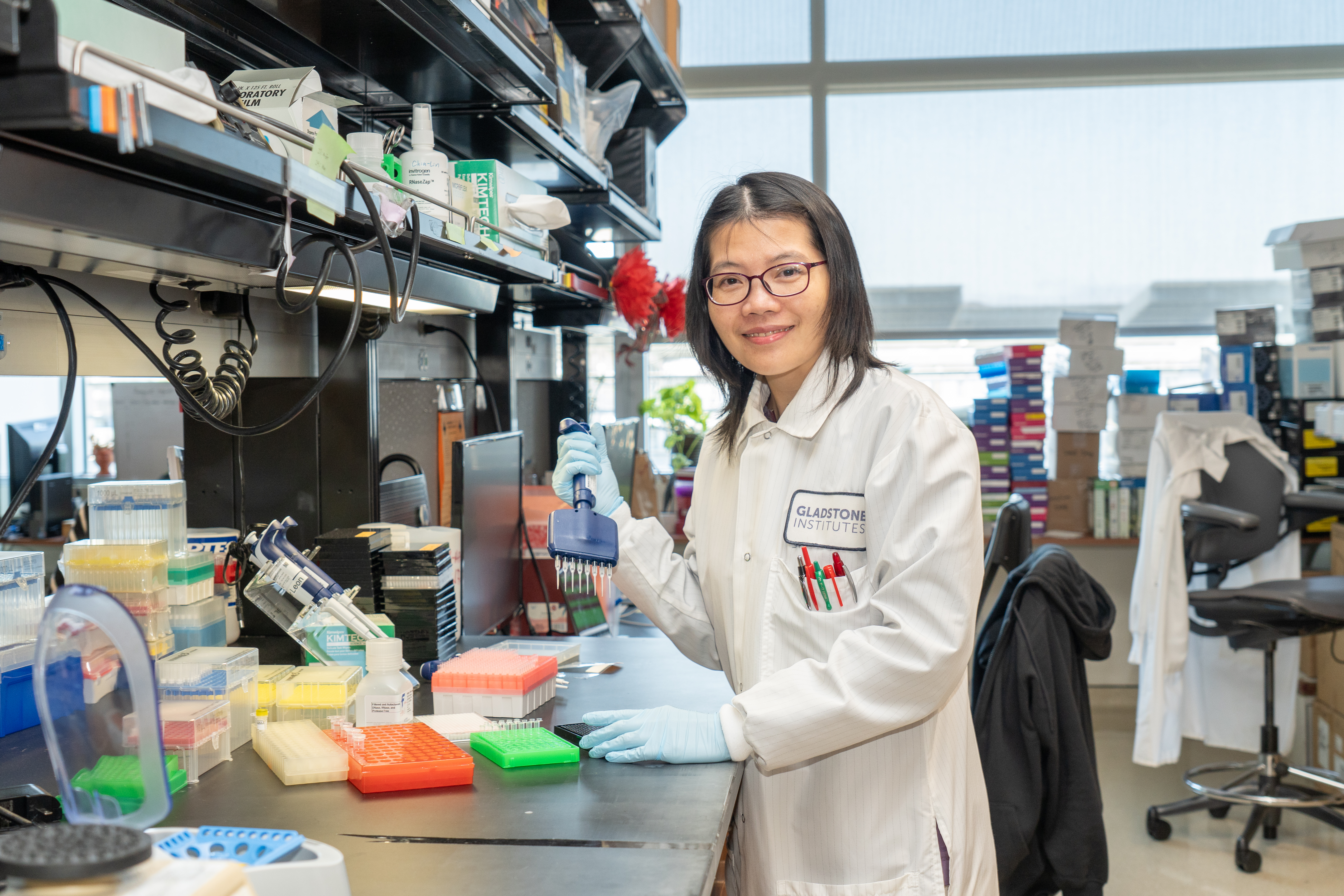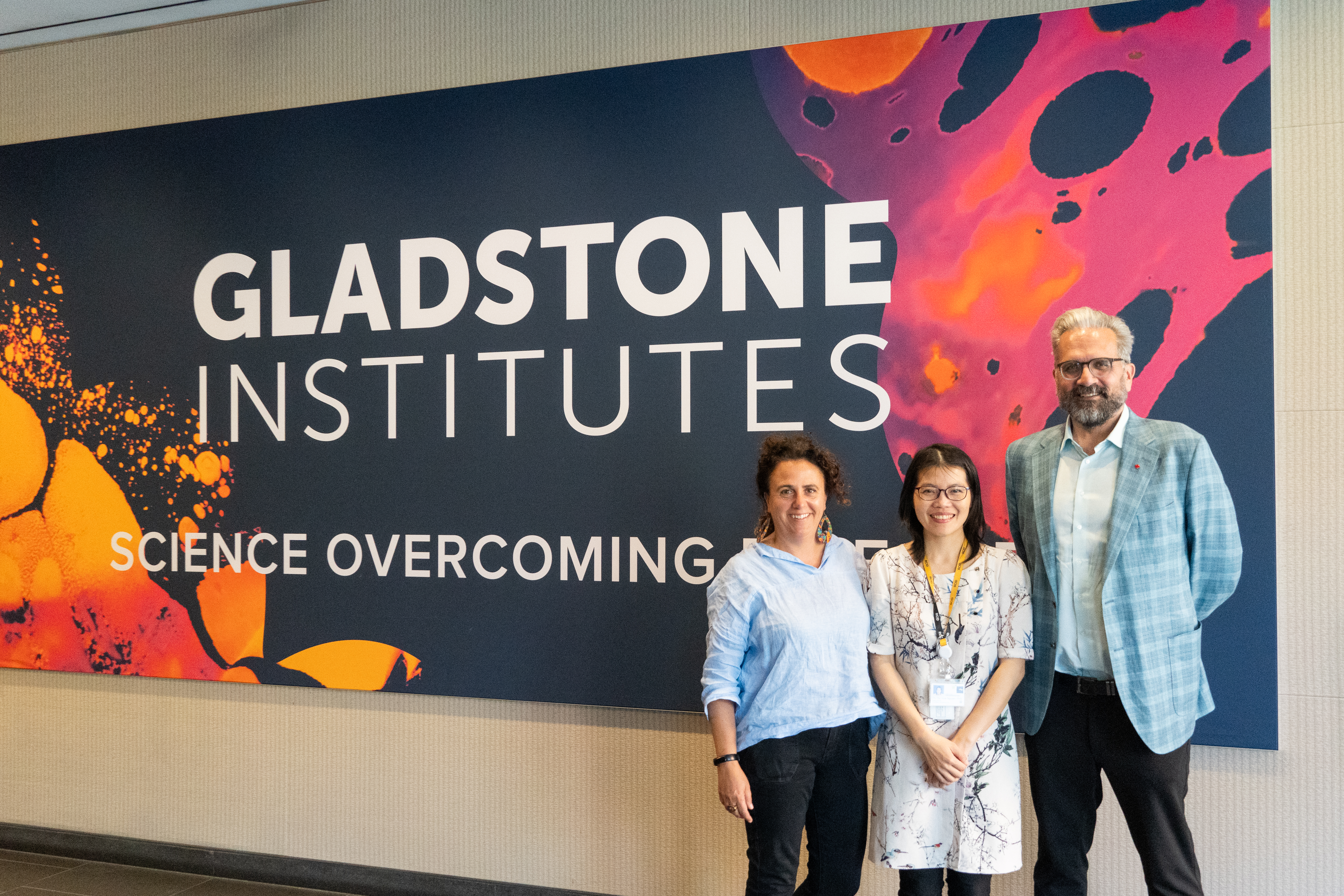
Dr. Hoai Nguyen, faculty member and leader of the Medical Microbiology Research Group at the School of Biotechnology, and Vice Director of the Research Center for Infectious Diseases at International University, Vietnam National University (VNU-HCMC), joined our community as part of the QBI International Visiting Scholar Program to collaborate with researchers at UCSF and Gladstone Institutes and strengthen global scientific partnerships. In this Q&A she provides a reflection of her time in San Francisco.

My research centers on diagnostic development and antimicrobial resistance (AMR), with a strong emphasis on the One Health approach that integrates human, animal, and environmental health. I aim to better understand pathogens and the AMR mechanisms and translate this knowledge into practical tools for early detection and effective management of infectious diseases.
I’m driven by the desire to deepen our scientific understanding and contribute to the development of more accurate, accessible diagnostics and effective treatments. Equally motivating is my role in mentoring the next generation of scientists—watching students grow in confidence and contribute meaningfully to the field is one of the most fulfilling parts of my work.

I came to UCSF through the support of the QBI Fellowship and initially connected with Professor Nevan Krogan’s lab, which fostered my entry into this vibrant scientific community. I then joined Dr. Melanie Ott’s lab at Gladstone Institutes/UCSF to explore CRISPR-Cas-based diagnostics. During this time, I also had the opportunity to connect with Professor Daniel Fletcher’s lab at UC Berkeley to discuss future directions in the development of portable diagnostic devices. Each lab shares a commitment to translating cutting-edge research into real-world impact, aligning closely with my own vision.

Connecting globally allows us to combine diverse perspectives, expertise, and resources to tackle challenges that no single institution or country can solve alone—especially in the case of infectious diseases. In-person interaction fosters trust, encourages spontaneous collaboration, and accelerates progress in a way that virtual communication sometimes cannot replicate. It’s where science meets serendipity.
I plan to stay actively engaged through joint grant proposals, collaborative research projects, virtual meetings, and webinars. I also hope to initiate exchange programs for students and scientists, and continue participating in conferences and visits to keep the momentum going and deepen these partnerships.

There are too many to count! I was amazed by the brilliance and dedication of the people here. The sky over San Francisco is magical—you can feel nature’s rhythm through the dance of clouds, fog, sunlight, and even the stars. The wild wind, the city’s creative energy, and the presence of plants and animals all made me fall in love with SF. It’s a place that inspires both scientifically and spiritually.